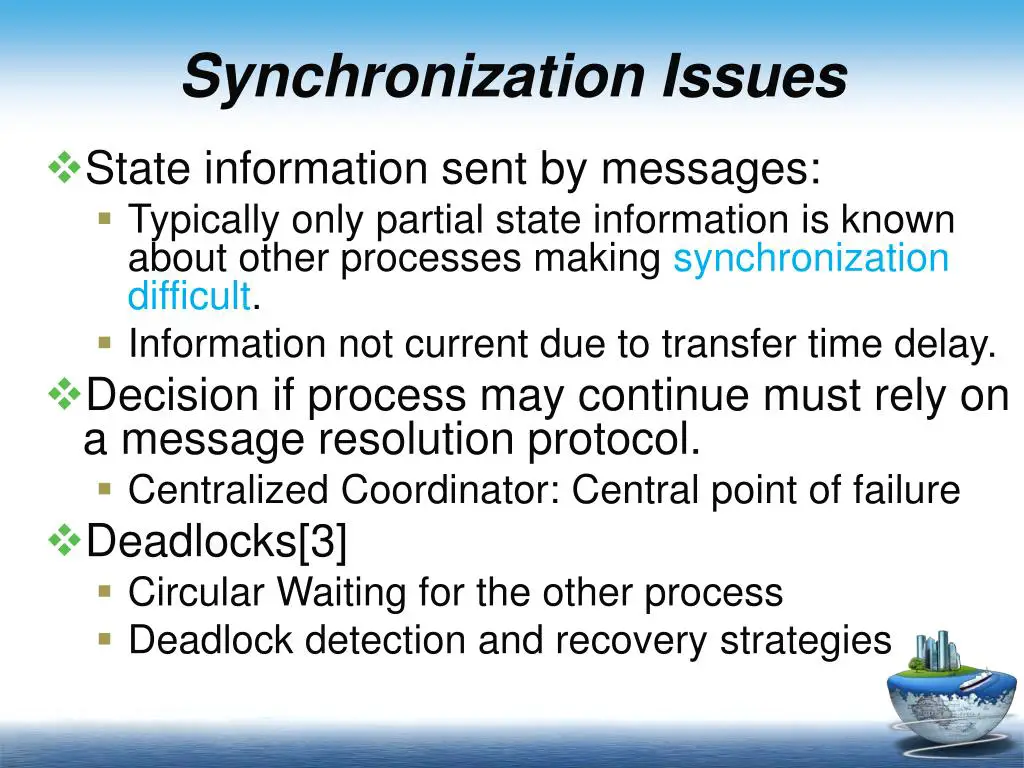Real-Time System Riddles: Solving Timing And Synchronization Issues

Real-time systems are critical in numerous applications, ranging from medical devices to industrial control systems. These systems demand precise timing behavior to ensure correct functionality. However, developing and maintaining real-time systems can be challenging due to timing and synchronization issues. To address these challenges, riddle-based approaches have been proposed to uncover the underlying intricacies of real-time systems.

A riddle-based approach provides a structured framework for identifying and isolating timing and synchronization issues. By breaking down these complex systems into smaller, self-contained problems, the engineer can systematically analyze and address potential timing flaws.

Let’s explore some of these riddles:
-
The Asynchronous Puzzle: Multiple tasks operate concurrently within a real-time system. However, a seemingly unrelated task begins crashing intermittently, seemingly at random intervals. How do you pinpoint the timing anomaly that triggers this behavior?
-
The Deadlock Dilemma: A real-time system contains multiple threads that interact via shared resources. Under certain conditions, the system deadlocks, with threads indefinitely waiting on resources. How can you identify the exact sequence of events that lead to this deadlock and resolve it?
-
The Transmission Time Trouble: In a distributed real-time system, messages are transmitted between nodes. However, delays in message transmission can disrupt the timing of the entire system. How do you calculate the worst-case latency for message transmission and mitigate potential timing issues?
Solving these riddles requires an understanding of real-time system concepts, such as task scheduling, resource management, and communication protocols. By systematically addressing these riddles, the engineer can improve the timing and synchronization of the system, ensuring reliable and predictable behavior.
The riddle-based approach is particularly valuable in complex real-time systems, where traditional debugging techniques may be insufficient. By isolating and solving specific timing riddles, engineers can gain a better understanding of the system’s behavior and take proactive measures to prevent timing failures.
In conclusion, real-time system riddles provide a clever and effective way to approach timing and synchronization issues. By breaking down complex systems into smaller puzzles, engineers can identify and resolve potential timing flaws, ensuring the smooth operation of critical real-time systems.


